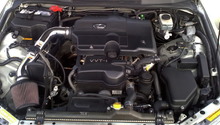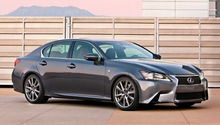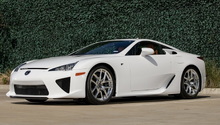Lexus IS: Why is My Car Knocking?
Discover the source of your Lexus IS 250 or IS 350's knocking noises with these helpful tips.
This article applies to the Lexus IS 250, IS 350 (2005-2014).
Engine knocks and pings signal problems with the motor. They can be pretty benign or may indicate more serious problems. There are some fairly simple self-diagnostic steps you can take to get a better understanding of what's going on under the hood before dropping it off at the shop.

Materials Needed
- Car key
- OBD-II reader (If applicable)
- Compression testing kit (If applicable)
- Gas additives (fuel injector cleaners, octane boost, etc.)
- Torque wrench (If applicable)
Step 1 - Start the car
A knocking noise that only happens on engine start up for a few seconds might be a sign that the oil is bad. When starting a vehicle after a long period of sitting still (like in the morning before work), the oil pump has more work to do than normal. It has to get oil to all the little moving bits and pieces in the valve train so that they don't wear themselves out. If the oil gets too low or too old, it won't get those pieces lubricated adequately or quickly enough. Check your oil level and oil quality to be sure it's in good condition.
The Lexus IS 350 has another, more serious issue with similar symptoms. There was as issue with oil getting to the cam gears in the Lexus IS 350. This is more of a rattle noise than a complete knock. Oil can't get to the cam gear weights adequately, which leads to premature wear on the cam gears. Fixing this at home is not a job for a novice. It's recommended to take the vehicle in to the shop if the knocking is a recurring issue even when the oil is good. However, if going to the mechanic is not possible, there is a work around. Try to park your IS facing downhill so gravity pulls the oil towards the gears when starting the car. Still, you should get it fixed as soon as possible.
(Related Discussion: Cam Gear Recall Released - ClubLexus.com)
If the knocking continues after start up or is much louder, more like a slap than a rattle, read on to step 2.
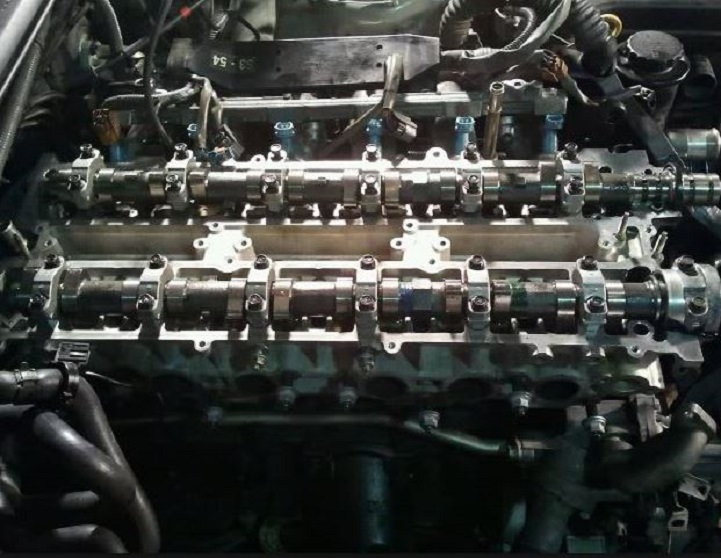
Step 2 - Raise the hood and locate sound
The water pump in a Lexus IS—or in any vehicle for that matter—is a vital component. If the water pump seizes, the engine is going to overheat and quickly die permanently. The water pump is covered under the power train warranty, so if you are still within your warranty period, take it in sooner rather than later. Replacing the water pump yourself can be done if you have some mechanical aptitude and a lot of time on your hands. It is not a job for the faint of heart, but it can be done and will save you a lot of money if you have the patience and the time to do it yourself. If your Lexus sounds anything like the one in the featured video below (a very angry sewing machine), the water pump is likely the culprit.
If the noises do not fit either of the above scenarios but rather shows up after engine is shut down, take heart and read on to step 3.
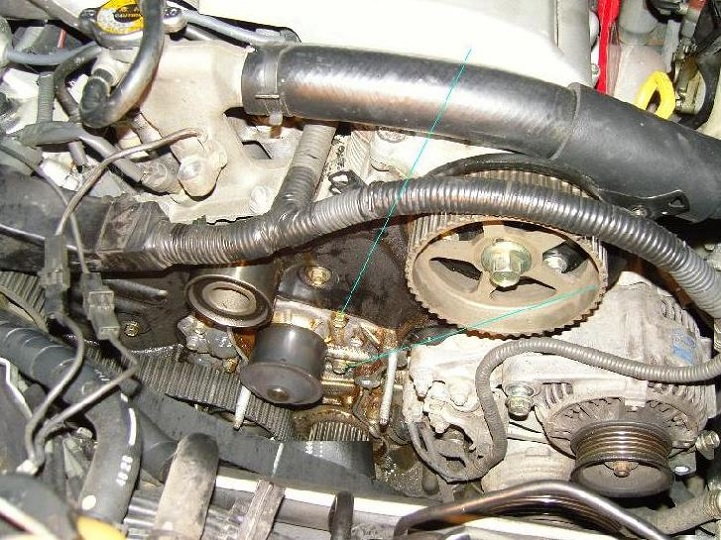
Featured Video: IS 250 Engine Noise
Step 3 - Shut off the engine and listen for knocks
After the engine turns off, do you hear lots of pops and pings? Perhaps a little rattle? This is pretty normal. The hot metal of the exhaust and engine will clink and tink as it cools down. On the IS models in particular, the culprit could be the exhaust heat shield expanding and contracting upon cooling down. Many owners complain about this noise, but it doesn't pose any real threat to the inner workings of the vehicle. If it's too bothersome, the heat shield is easily removable (which some owners choose to do) and replaceable. Removing the shield will cause the surrounding parts to be warmer, but some owners say that it is worth it for the peace and quiet.
If the knocking and clanking noise is only present when you are in motion and is coming from the front of the car, you may have a sway bar problem. Read on to step 4.

Step 4 - Go for a spin (with plenty of turns and bumps)
The sway bar might be loose or have broken mounts that need attention. A simple way to tell if this is the case is to take the vehicle for a drive on a bumpy route with corners. If there's a clunk when the weight of the car shifts from one side to the other, the sway bar's linkages are likely worn out or installed incorrectly.
The sway bar bolts must be torqued down onto the linkages, and the slits in the bushings are supposed to face towards the front of the car. If any of these were not done, or otherwise installed incorrectly, this is likely your problem. Have those bolts properly torqued or else have those bushings replaced or put back on correctly if they are still in good shape. This is a job that anyone with little to no mechanical ability can do; you'll save a ton of money on professional fees. The only specialized tool needed is a torque wrench.
If none of the above fit the bill and you only hear some ticking noise at idle, keep calm and read on to step 5.
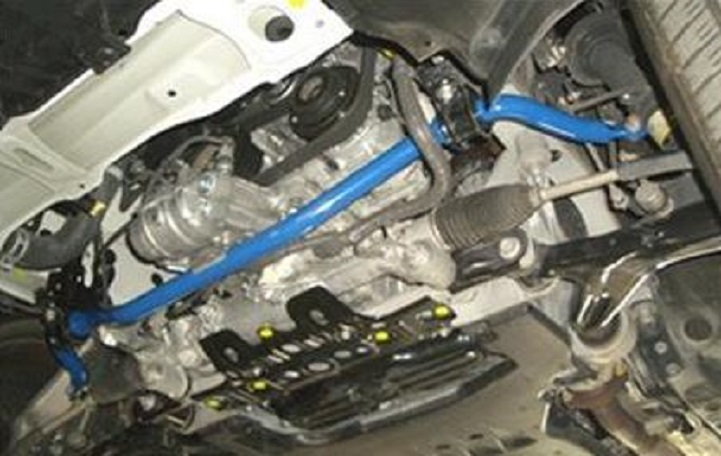
Step 5 - Put the car back in idle, sit, and listen
If you hear some slight ticking while sitting in idle, it's probably just normal. These vehicles—the IS 350 especially—tend to tick like a clock at idle. That noise is the sound of the direct injection injectors opening and closing. This is completely normal and should be of no concern. Some owners have complained about this ticking noise, but it is easy to tune out.
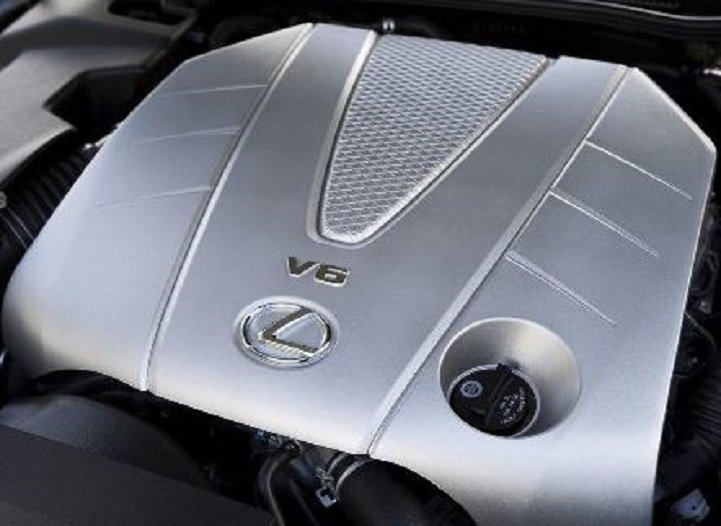
Related Discussions
- Temporary Knocking Noise Immediately After Engine Start - ClubLexus.com
- Cam Gear Recall Released - ClubLexus.com
- IS 250 Engine Noise - ClubLexus.com
- What is this Pinging, Popping, Ticking Sound - ClubLexus.com
- Another Knocking / Klunk on F Sport Sway Bar - ClubLexus.com
- Engine Noise in 2014 IS 350 - ClubLexus.com

